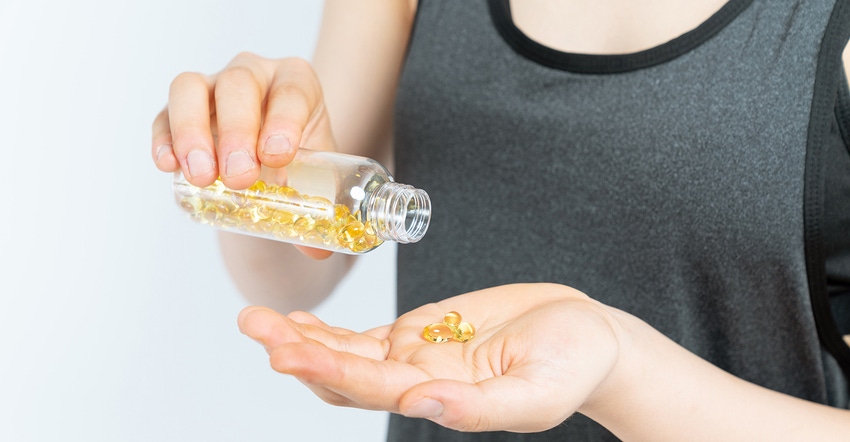Trending ingredients across supplements and the larger food and beverage industry are providing consumers with multiple ways to support joint health in a variety of delivery methods.

Glucosamine and chondroitin are traditional go-to supplements for joint health, and products featuring this popular ingredient combination have a 57.8% share of the joint health segment and the highest dollar volume of the segment’s sales, according to SPINS data.
Despite their popularity, they have shown consistent decline over the last three years as the market diversifies with more options to address joint support. Products indicated for joint health and marketed primarily for either ingredient or the combination of the two declined 5.7% over the past year to US$181.9 million, according to SPINSscan Natural and Specialty Gourmet Channels and SPINSscan Conventional Multi Outlet (powered by IRI) in the 52 weeks ending May 1, 2019. This was after falling 6.8% in the year ending May 2018 and 7.9% in the year ending May 2017. Newer players in the segment have wider applications beyond joint support, and, as consumers become more educated around using food and supplements in their own self-care, they are choosing products that serve multiple purposes.
In addition to a greater variety of ingredients to address joint health, delivery methods are diversifying. Tablets are still going strong as the top delivery method in joint health supplements, growing 4.2% over the past year to $96.8 million. Sales for other common delivery methods, including capsules, caplets and liquid supplements, however, all showed double-digit decline as newer powdered supplements increase in popularity, growing 9.5% to $4.7 million. Powdered products such as collagen and bone broth are driving the growth and giving consumers flexibility of dosage and convenience, mixing easily into food and drinks and continuing to blur the line between functional food and supplements. Pellets also saw a modest increase that mirrors the growth of homeopathic remedies.
As consumers become educated in using food as medicine, joint health claims are breaking out of the traditional supplement formats and making their way into food-and-beverage crossover products. Beverages are a natural fit for joint support, easily accommodating ingredients such as turmeric, collagen, anti-inflammatory superfruits, and glucosamine and chondroitin. Joint health marketing has also been spotted in supplement oils, where essential fatty acids (EFAs) from ingredients like borage-seed oil and fish oil are highlighted for joint mobility and health.
Read this full article and more in INSIDER's Joint health for young and old digital magazine.
Michelle Gillespie is SPINS’ natural insights analyst.
About the Author(s)
You May Also Like






.png?width=800&auto=webp&quality=80&disable=upscale)